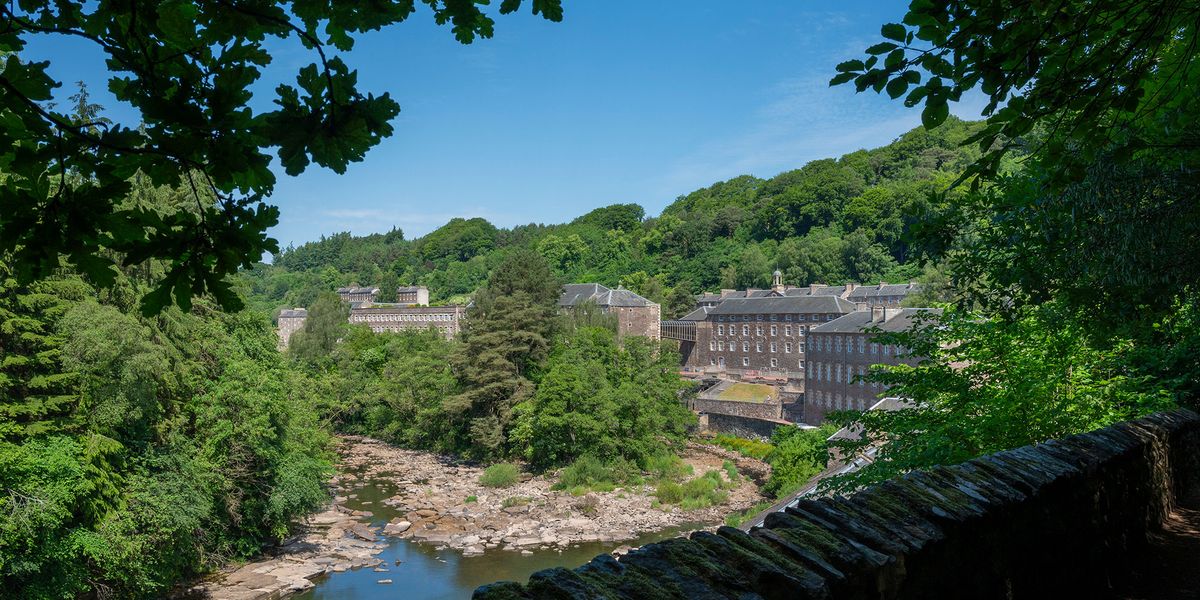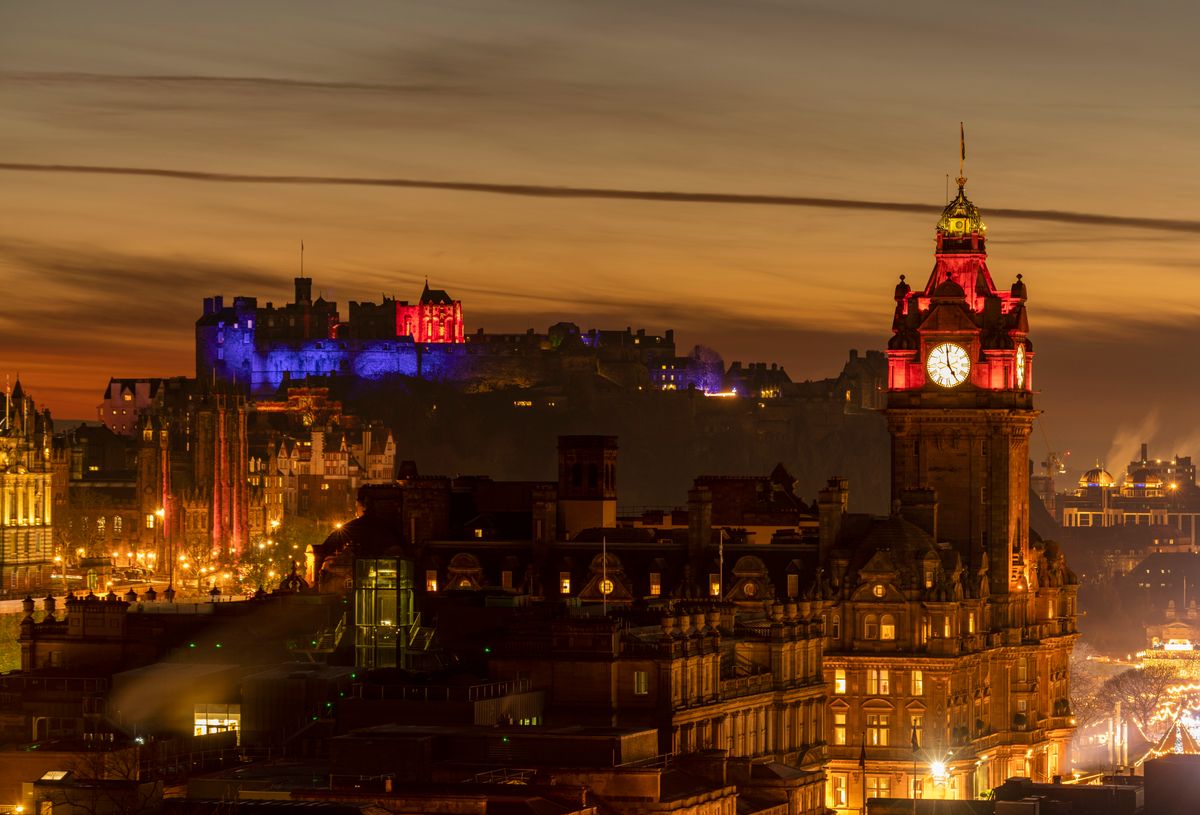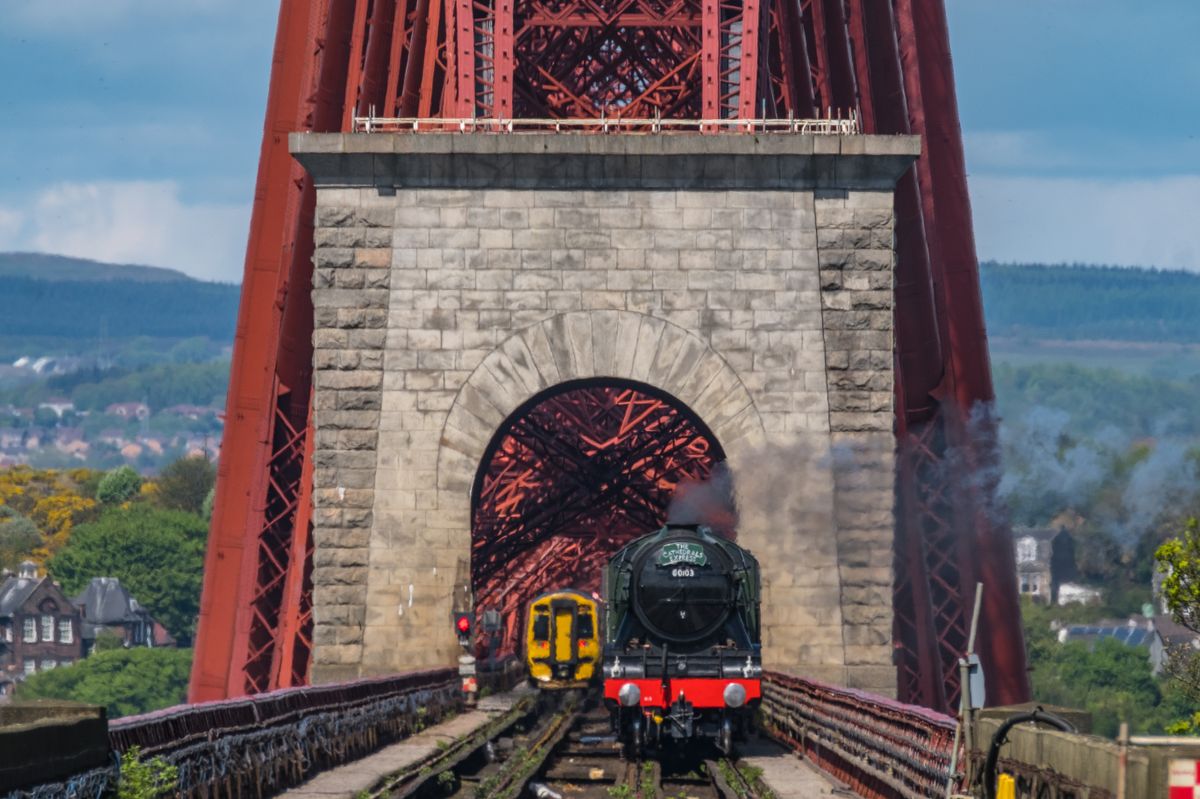
Yarn spun at the New Lanark Visitor Centre
Timeline and owners
New Lanark was founded 1785 and opened in 1786 by David Dale, a Glasgow banker and entrepreneur, and Richard Arkwright, the inventor and pioneer of industrial cotton spinning. The partnership dissolved after a year, and David Dale continued to run New Lanark for over 15 years before his son-in-law, Robert Owen, took over for the next 25 years.
The cotton mill was in operation for two centuries until 1968 and at one time was thought to be the largest industrial facility in the world. It became a world-renowned blueprint for what could be the ideal working and living environment for workers and their families.
“Society may be formed so as to exist without crime, without poverty, with health greatly improved, with little, if any misery, and with intelligence and happiness increased a hundredfold..." - Robert Owen
International significance
Owen instituted a wide range of workplace, social, and educational reforms that led to the idea of New Lanark as an ideal community. He described it as “the most important experiment for the happiness of the human race that has yet been instituted in any part of the world”.
Today, New Lanark is an exceptional example of a purpose-built 18th century mill village. Thanks to an ongoing process of conservation and rehabilitation spanning almost half a century, the appearance of the village today is still close to that of the early 19th century.
Since the 1980s, New Lanark has produced woollen yarn, spun from sheep's fleece on site at the mill. this manufacturing process is powered by renewable energy, drawn from the hydroelectric turbine which produces power for the whole site. Visit the award-winning restored attraction to see this progressive story brought to life in a series of buildings, exhibitions and attractions.








